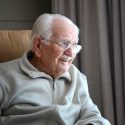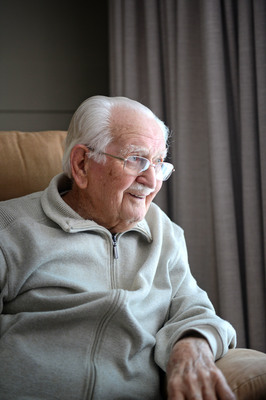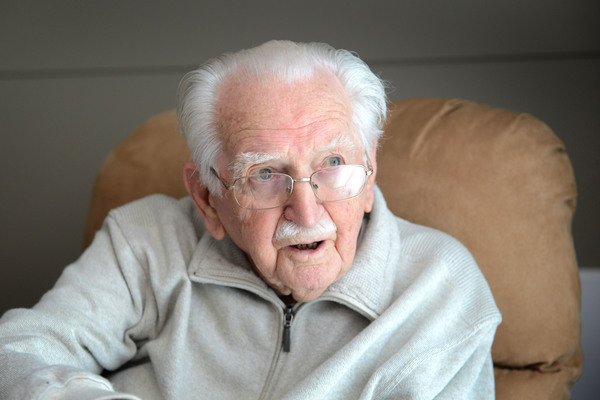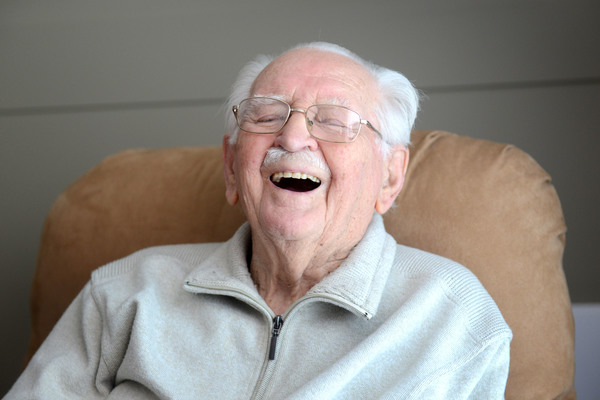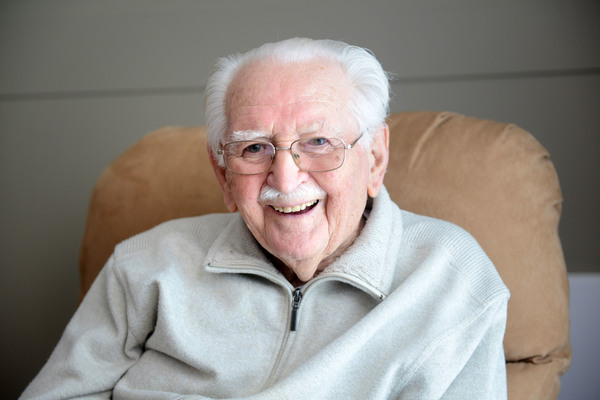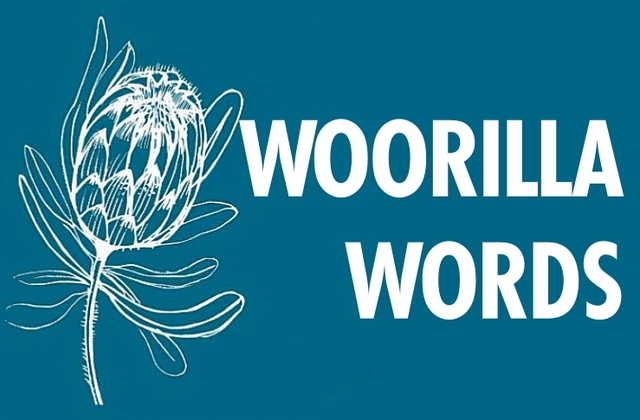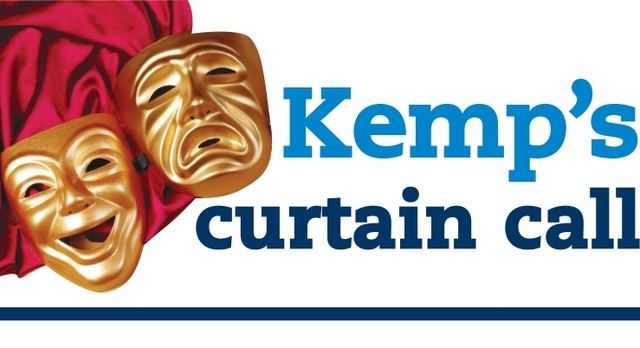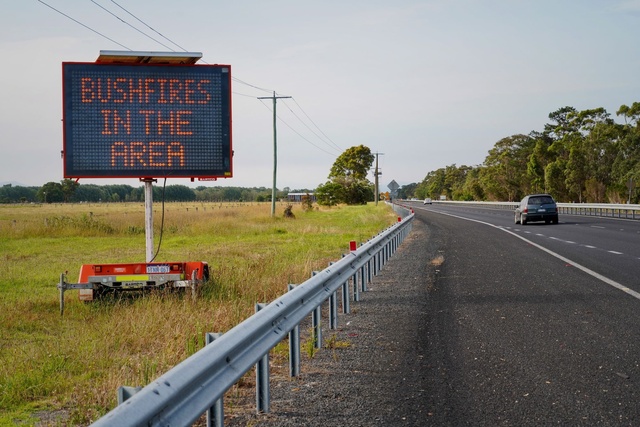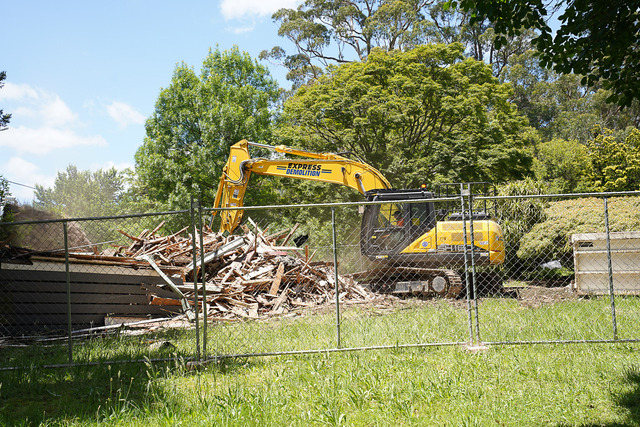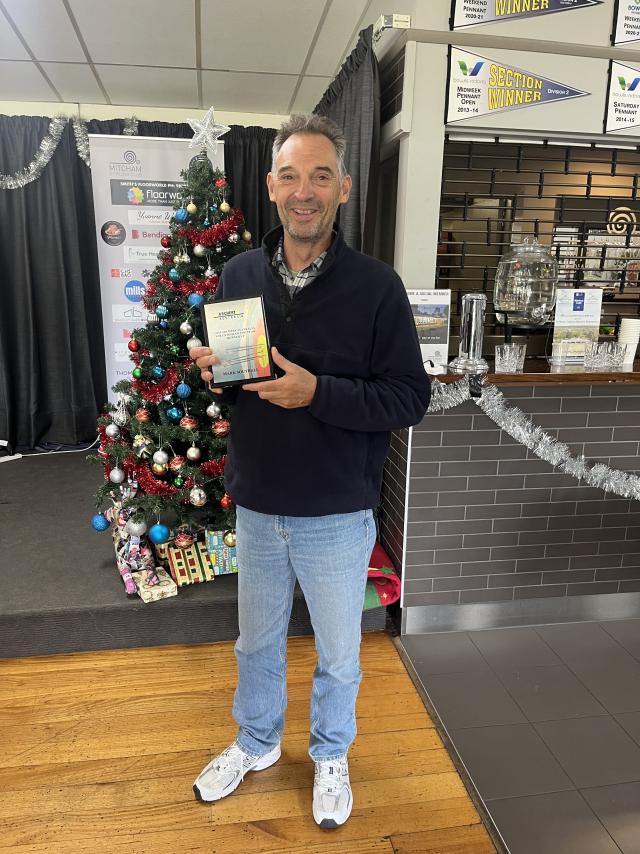Frank Secomb has a simple recipe for reaching 100 – “avoid disasters,” an apt motto for a man who spent World War II behind enemy lines and attracting Japanese bombers.
Born in Drouin in 1918 and now living in Healesville, Frank has led that varied and multi-faceted life that typifies so many of our centenarians.
The achievement that brings a sparkle to his eyes is being the architect for one of Melbourne’s first skyscrapers, the State Bank Centre on the corner of Elizabeth and Collins Streets.
With his impressive recall for detail, he spoke about how it was built over a stream that runs from Victoria Market down to the Yarra River and the problems that had caused.
“We had to go down five basements and then another 200 feet until we got to find any rock to build it on,” he said. Pointing to photos of the building under construction it is obvious it is a source of great pride to him.
“I went to Koo Wee Rup Sate School and then Dandenong High School. I pestered my dad to pay the train fares so I could go up to Caulfield Technical School.”
I got a scholarship to RMIT and then one to go to Melbourne University Architectural Atelier. Melbourne University produced a lot of good architects in my time, but I wasn’t one of them,” he chuckled.
“I was in my last year when Pearl Harbour got bombed so that was the end of that. Then the Architects Institute organised five days of exams so we could get qualified before going into service, which I passed. My father had to accept my certificate because I had gone off to join the army by then.”
“I was an engineer and got sent behind enemy lines in New Guinea with a roving assignment. We had to camouflage our big anti-aircraft guns and also set up fake targets.”
“We did that so they would waste their bombs and ammunition for nothing. They threw a lot of bombs at us but didn’t hit much,” he said.
“We had spotters in Lae, who signalled us when the bombers were taking off. We knew we had 11 minutes to get out of the way before they attacked.”
He finished the war as a Captain and on the first day after discharge began building his home in Heathmont, which is still in the family today.
He returned to architecture, with a specialty in university buildings and was involved in the design and construction of Monash University and the halls of residences at Melbourne University.
“I think Melbourne is an excellent example of modern building and I like to think we all contributed our bit to that,” he said when referring to his profession.
After retiring from his practice he spent his time travelling the world, winters in Far North Queensland and on family properties in Gippsland.
Asked about the secret of life, he reflected and simply said “avoiding disasters is the secret.”
“I had an enjoyable career but have no drive to design buildings anymore,” he said. “I enjoy being around my family and the grandchildren and I am contented in all aspects.”

